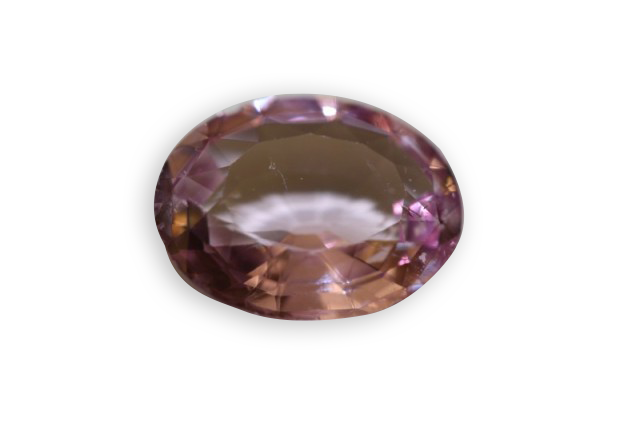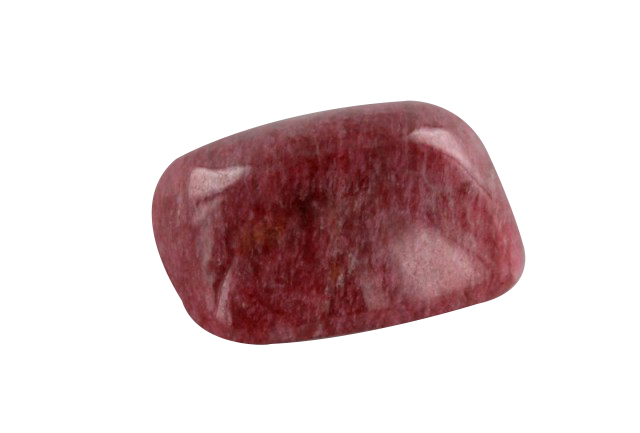
Virgo
Je vous emmène à travers mes vidéos découvrir mon expérience acquise depuis plus de 30 ans a silloner le globe entier à la recherche de pierres précieuses, de rencontre mémorables mais aussi de difficulté parfois …
actualités
Categories

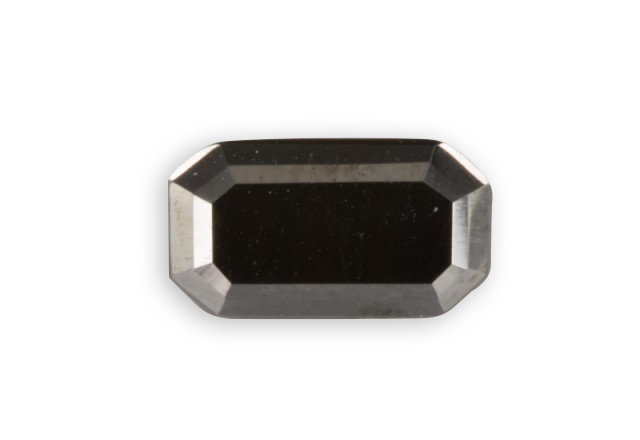
wolframite
Its name comes from the german, “ wolfram” being the name of tungsten, which is its main component. The hubnerite variety is rich in manganese, of a rather red color, transparent and in slices, it was named after the german Adolph Huebner. The ferberite variety
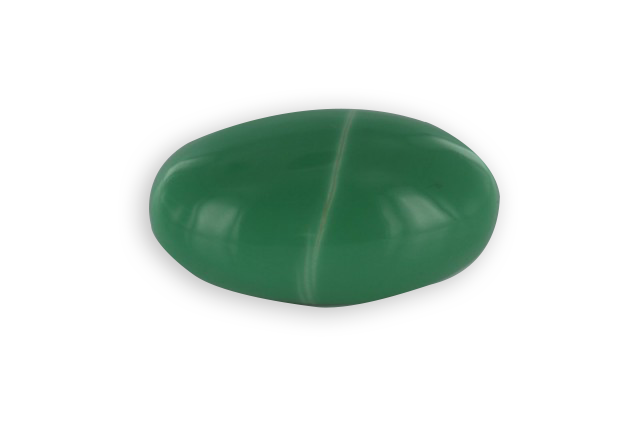
variscite
It recalls the old name of Vogtland (southern Saxony, Germany) called Variscia in Latin, where it was discovered in the valley of the Mess. A massive variety, found in the United States (Nevada,) with interpenetration of veinlets or quartz nodules and chalcedony, is called “amatrix”
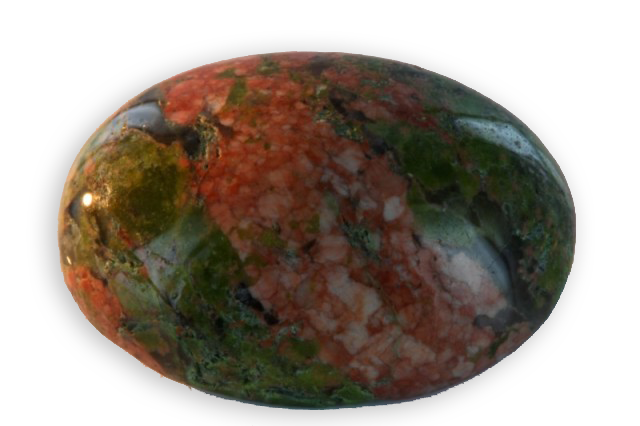
unakite
This is an altered granite composed of pink feldspar, green epidote and colorless or brown quartz. When unakite is not too altered is a beautiful stone combining pistachio green epidote with salmon pink feldspar. It owes its name to Unaka Range located between Tennessee and
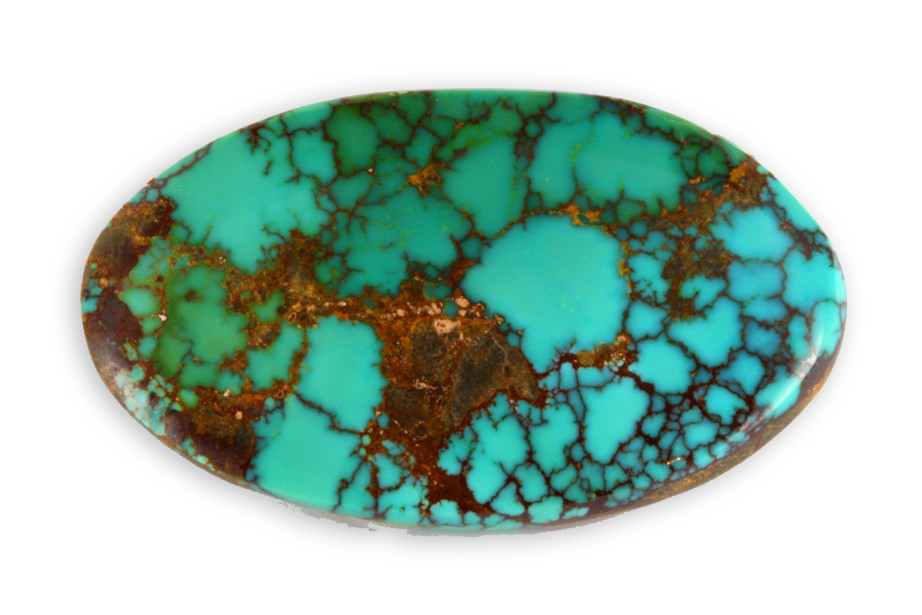
turquoise
This is simply the “Turkish stone” because when this gem came to Europe, it had passed through that country, but it came from Persia. The Greeks called it “callaite”. It was a sacred stone for the Egyptians, Persians, Tibetans, Indians, Mayans, Aztecs and Incas. Color
